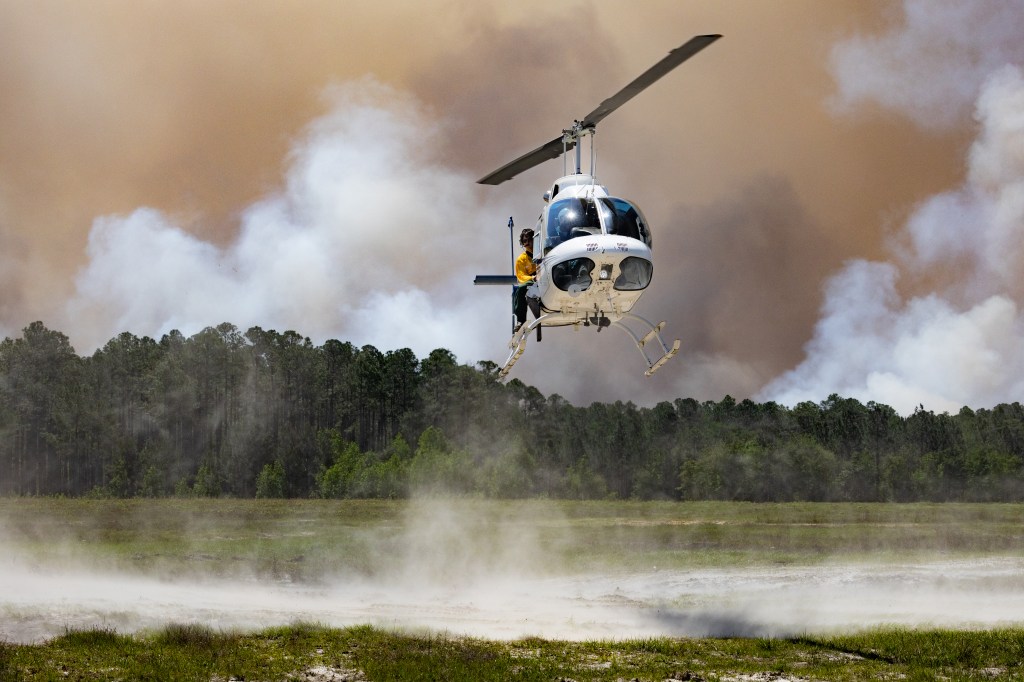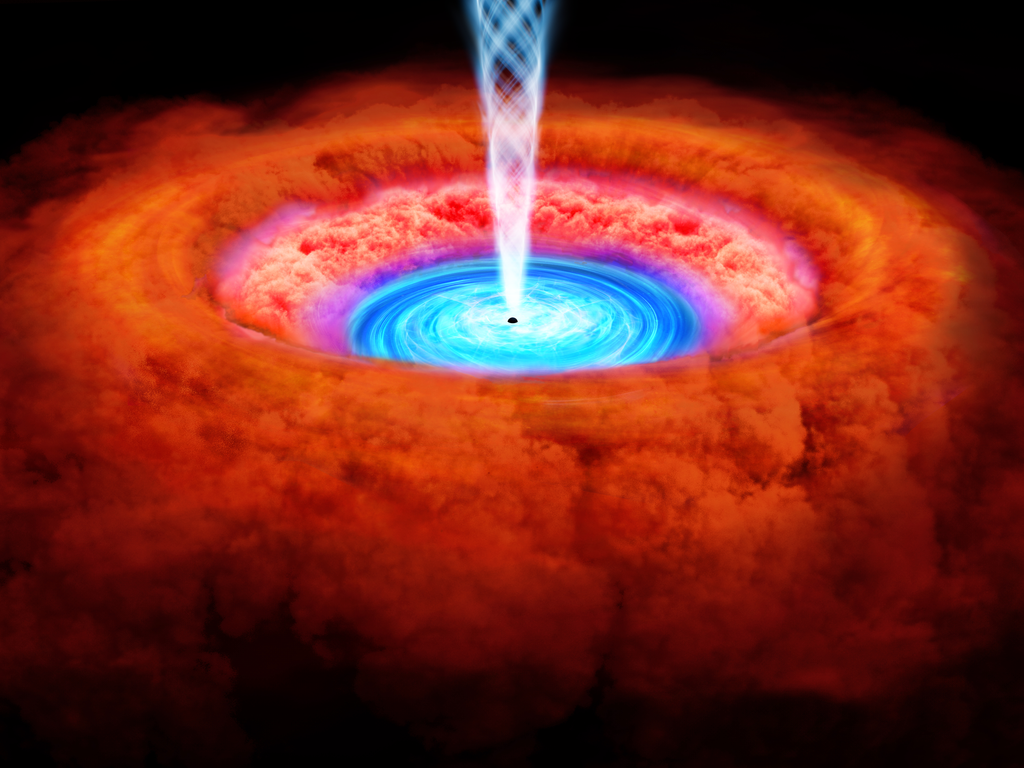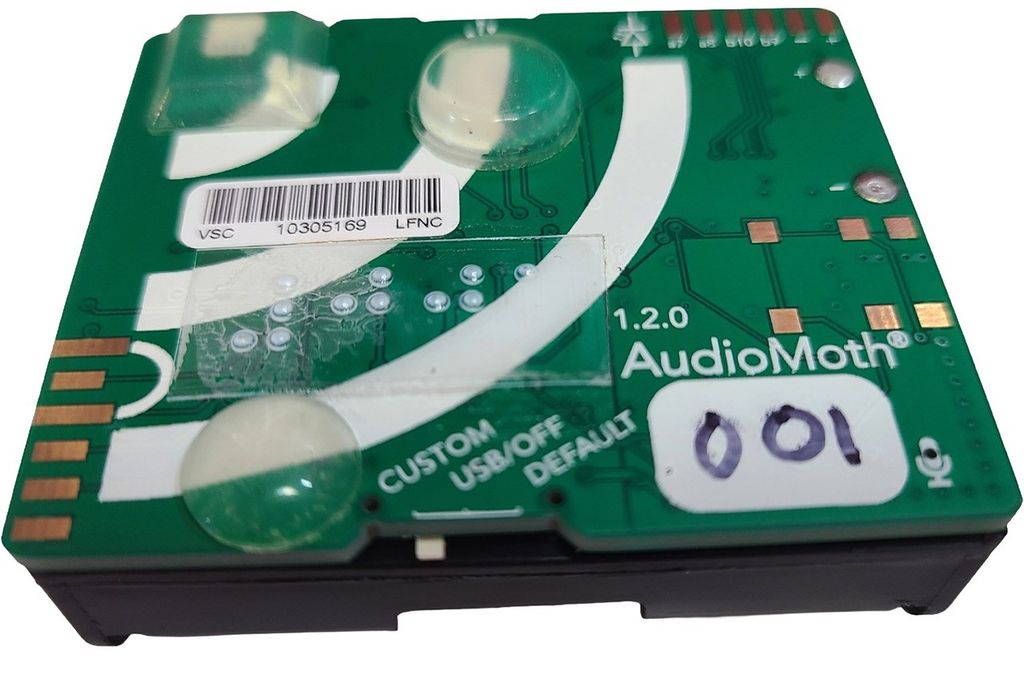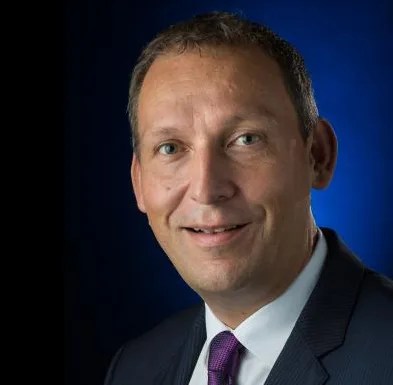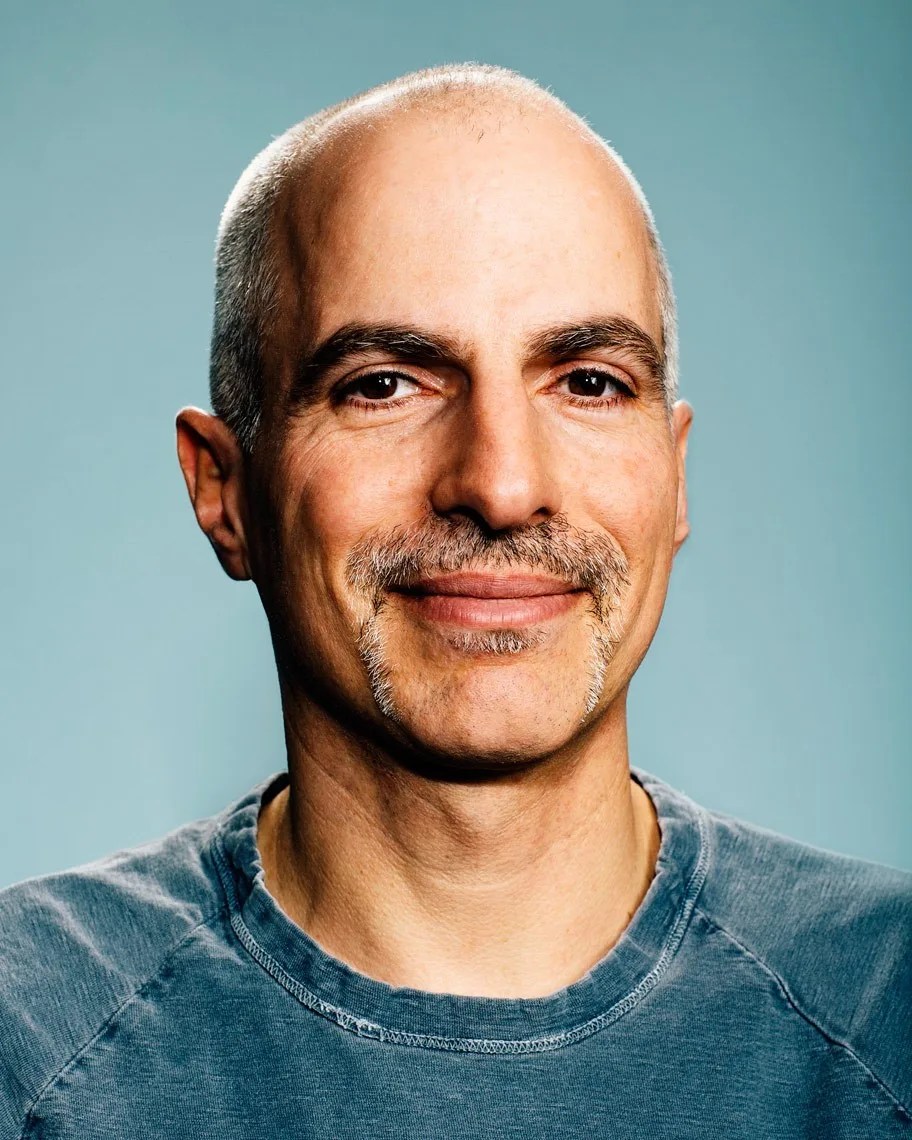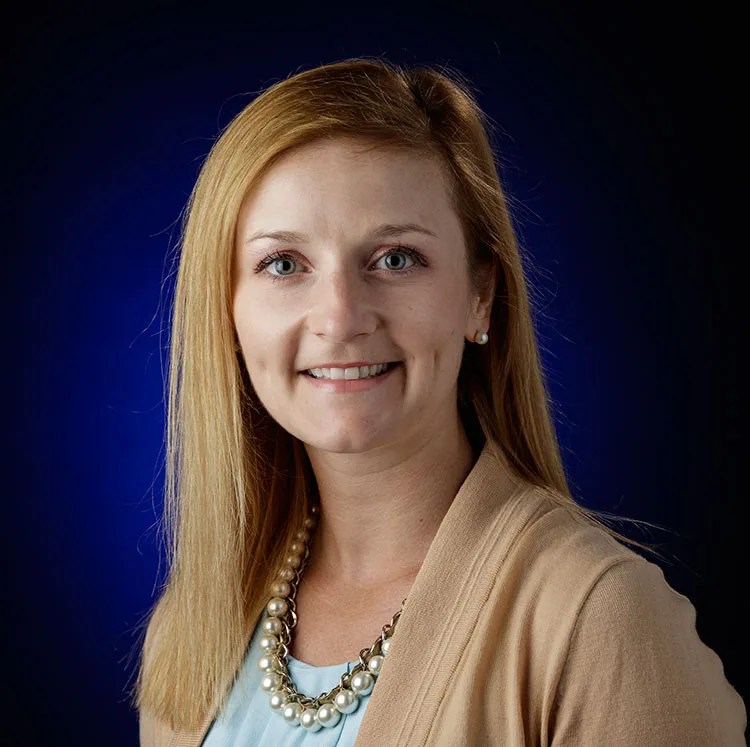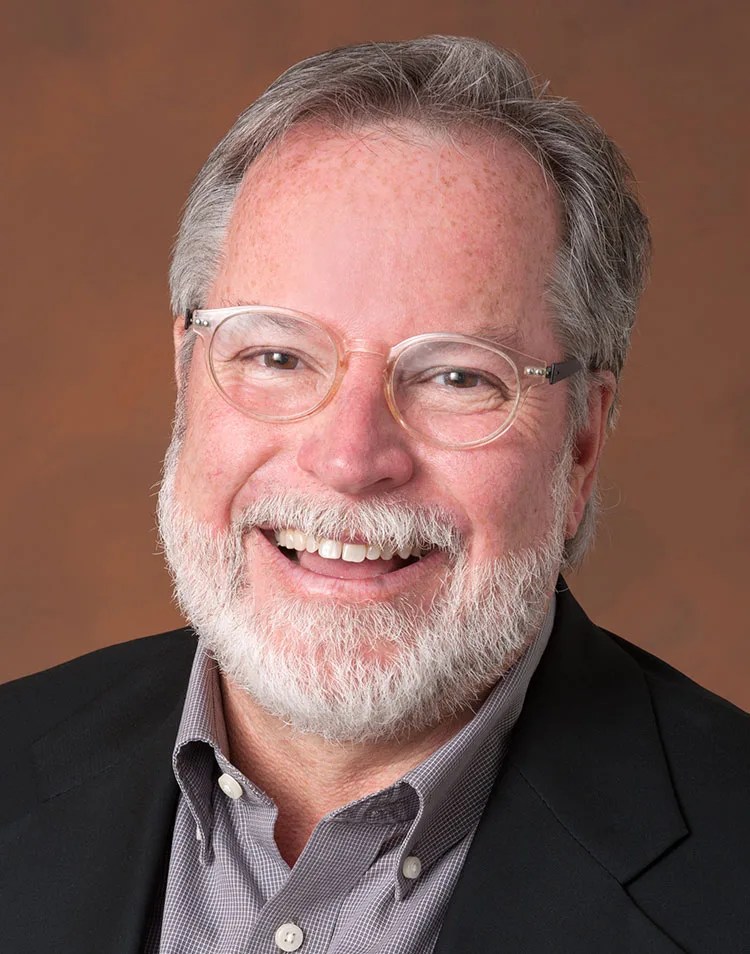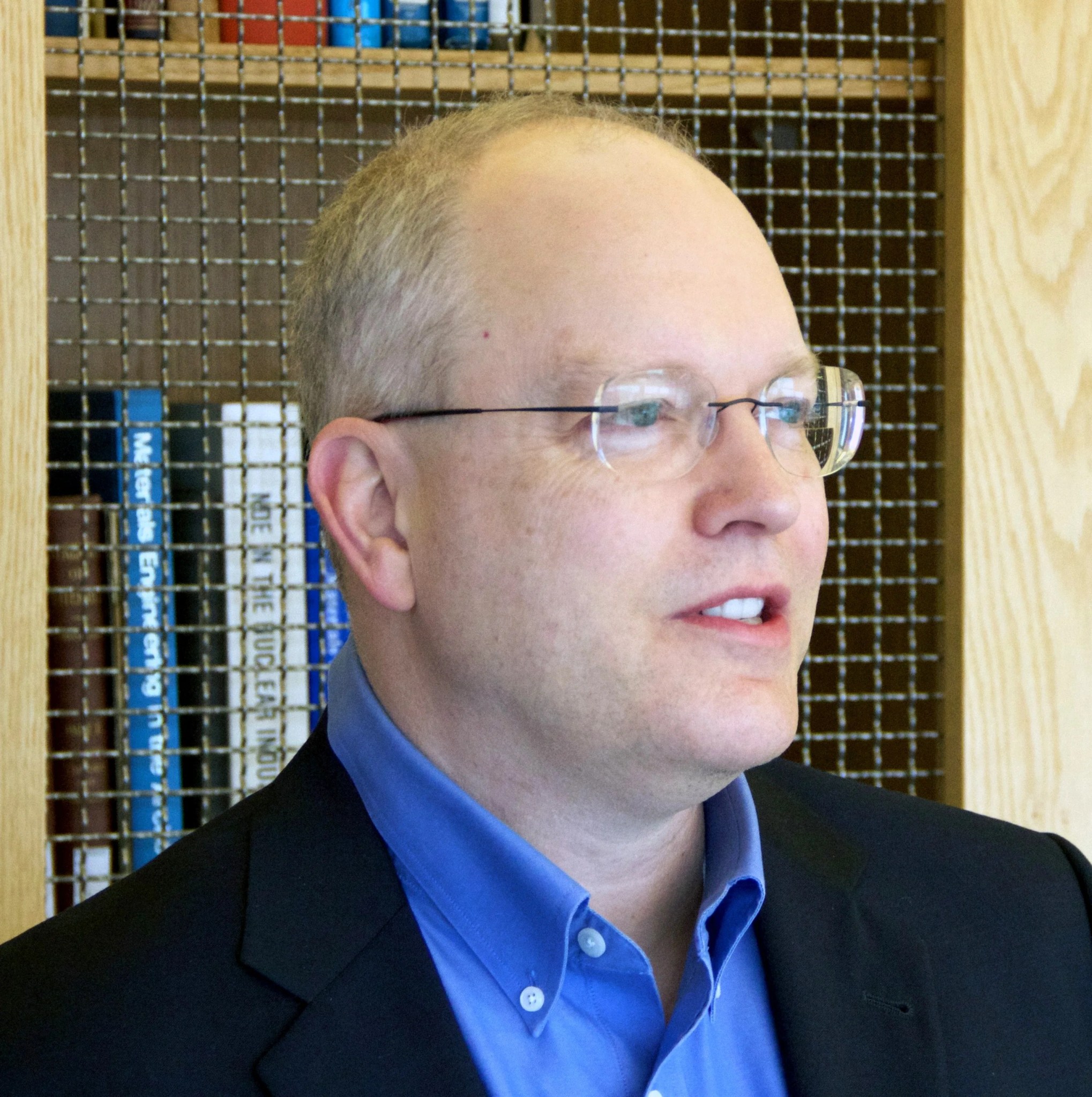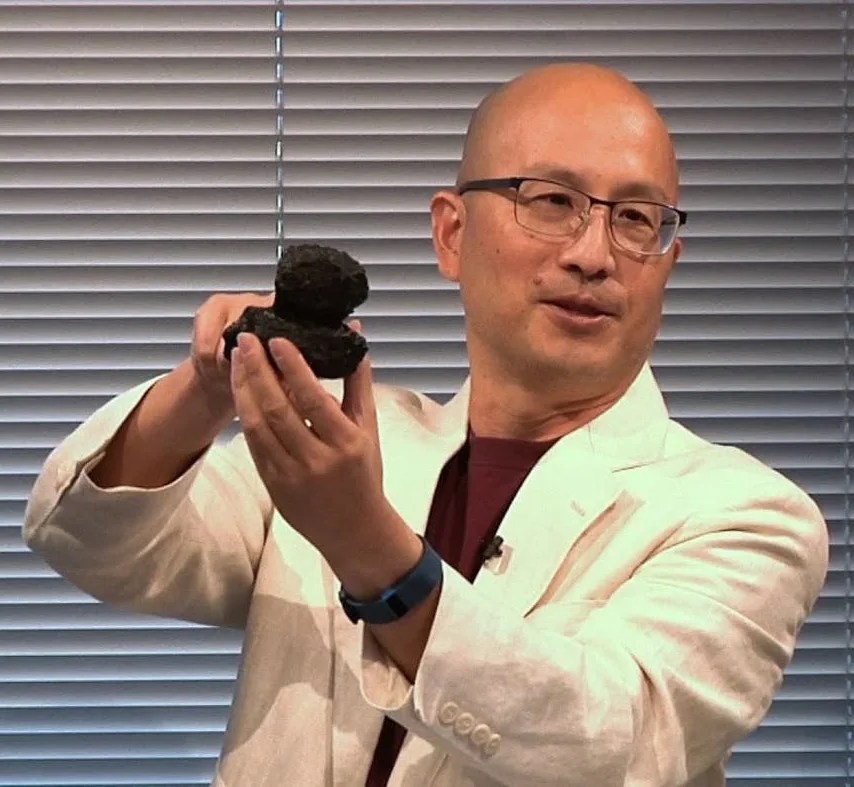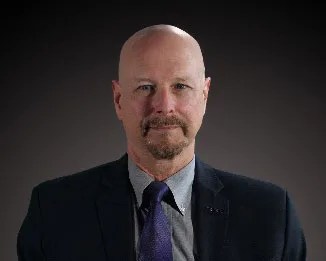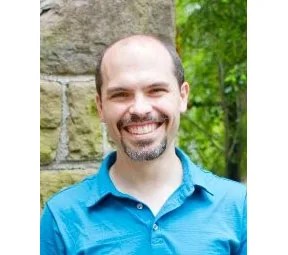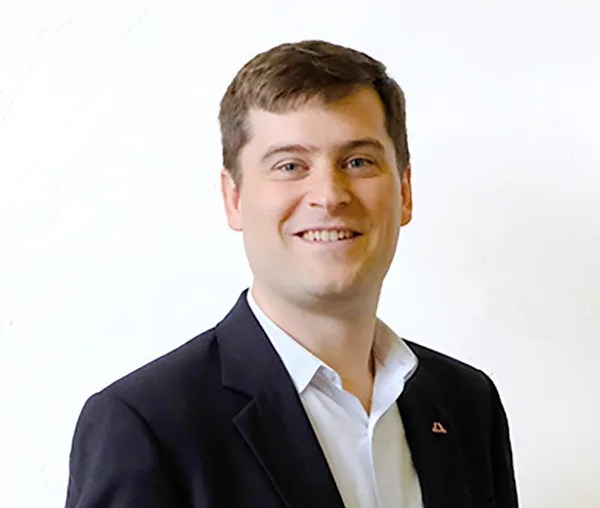2018 Autonomy Workshop: Speakers and Panelists
Contents
- Thomas Zurbuchen, Associate Administrator, NASA Science Mission Directorate
- Gur Kimchi, Co-founder and Leader, Amazon Prime Air Program
- Jenn Gustetic, Program Executive for NASA SBIR/STTR
- Rob Manning, Chief Engineer, NASA’s Jet Propulsion Laboratory
- Phil Koopman, Carnegie Mellon University
- Steve Chien, Head of the NASA JPL Artificial Intelligence Group
- David Gump, President, Circumspace Management Group
- Bob Touchton, Chief Autonomy Scientist, Leidos Sensors and Phenomenology Operation
- Michael Wagner, CEO of Edge Case Research
- John Thornton, Chief Executive Officer, Astrobotic
Thomas Zurbuchen, Associate Administrator, NASA Science Mission Directorate
Thomas Zurbuchen became the new Associate Administrator for the NASA Science Mission Directorate at the Agency’s headquarters in Washington, DC, on October 3, 2016. Previously, Thomas was a professor of space science and aerospace engineering at the University of Michigan in Ann Arbor. He also was the university’s founding director of the Center for Entrepreneurship in the College of Engineering. His experience includes research in solar and heliospheric physics, experimental space research, space systems, and innovation and entrepreneurship. During his career, Thomas has authored or coauthored more than 200 articles in refereed journals on solar and heliospheric phenomena. Thomas was also involved with several NASA science missions -- Ulysses, the MESSENGER spacecraft to Mercury, and the Advanced Composition Explorer (ACE). He also has been part of two National Academy standing committees, as well as various science and technology definition teams for new NASA missions. Thomas earned his Ph.D. in physics and MS degree in physics from the University of Bern in Switzerland. His honors include receiving the National Science and Technology Council Presidential Early Career for Scientists and Engineers (PECASE) Award in 2004, a NASA Group Achievement Award for the Agency’s Ulysses mission in 2006, and the Swiss National Science Foundation’s Young Researcher Award in 1996-1997.
Gur Kimchi, Co-founder and Leader, Amazon Prime Air Program
Gur Kimchi co-founded and leads the Amazon Prime Air program, where he and his team work on designing an autonomous, independently-safe UAS (Unmanned Aircraft System) that will enable safe, fast, efficient, scalable and NextGen-integrated delivery service for Amazon customers. Gur has a broad set of research and engineering interest and experiences – spanning formal software methods, machine learning (both the 80’s and 2010’s styles), computer vision and photogrammetry, high-availability high-scale cloud services, audio processing, custom hardware and novel processing architectures (such as associative processing), real-time mission critical communication services, and international technical standards. If you have a modern phone, you are using some of Gur’s standards. Prior to Prime Air, he built technology that was used to carry ~10% of the world’s international phone calls (1997), designed and operationalized one of the highest-scale web-services in existence at 1.5 million transactions per second (2004), architected and operationalized the first scalable automated capture-to-textured-3D model geoprocessing system (including a high end aerial metric camera system) in 2006, and designed the Federated Airspace Management Model that is emerging as the foundational technology to enable autonomous operations within NextGen (2015). Along the way, Gur filed hundreds of patents, at an average rate of ~20 per year. Gur started his engineering career at a young age – selling his first program (for a Sinclair Spectrum) at age 12. He caught the aerospace bug early on from his father, who was a commercial and military pilot, current National Transportation Safety Board investigator, and homebuilder of Experimental Aircraft Association (EAA) designs (BD-5, Rutan LongEZ and others). While piloting was fun, designing, understanding the physics, and building and automating airplanes proved to be much more interesting, so Gur started a career arc that culminated with Amazon Prime Air.
Jenn Gustetic, Program Executive for NASA SBIR/STTR
Jenn Gustetic is currently the Program Executive for the Small Business Innovation Research and Small Business Technology Transfer (SBIR/STTR) Programs at NASA Headquarters. The NASA SBIR and STTR Programs fund small businesses approximately $200M annually for research, development, and demonstration of innovative technologies that fulfill NASA needs and have significant potential for successful commercialization. She is an experienced innovator and policy entrepreneur, having served as the Assistant Director for Open Innovation at the White House Office of Science and Technology Policy (2014-2016), and a leader in the federal open innovation community, having served as the program executive for prizes and challenges at NASA (2012-2014) and co-chair of the interagency Maker working group (2016-today). She also led NASA’s formulation efforts for its Grand Challenges, including the Asteroid Grand Challenge to “find all asteroid threats to human populations and know what to do about them.” Jenn holds a bachelor’s degree in aerospace engineering from the University of Florida and a master’s degree in technology policy from the Massachusetts Institute of Technology. She has published numerous writings on innovation including articles in Space Policy and Issues in Science and Technology. Outside of her NASA duties, she is also currently a 2018-2019 digital Harvard Kennedy School research fellow focusing on research related to the future of work and a board member for the Van Alen Institute, a non-profit that uses design to transform cities, landscapes, and regions to improve people’s lives.
Rob Manning, Chief Engineer, NASA’s Jet Propulsion Laboratory
An Engineering Fellow, Rob Manning has been designing, testing and operating robotic spacecraft for more than 35 years including Galileo to Jupiter, Cassini to Saturn, Magellan to Venus, and many Mars missions. In addition to serving as JPL’s Chief Engineer, Rob is also Chief Engineer for JPL’s Engineering and Science Directorate. Previously, he served as the Mars Pathfinder Chief Engineer and led the Entry Descent and Landing (EDL) team. He co- conceived the idea to modify the Pathfinder and Sojourner Rover designs to become the Mars Exploration Rovers (MER), Spirit and Opportunity. On MER he led the rover system engineering team as well as the EDL team. After MER he became the Mars Program Chief Engineer, where he helped plan and integrate the various Mars missions like Phoenix Lander, Mars Reconnaissance Orbiter, Mars Science Laboratory, and beyond. In 2007, Rob became the Chief Engineer for the MSL Project that successfully landed Curiosity Rover on Mars. Rob has received four NASA medals, is in the Aviation Week Magazine Space Laureate Hall of Fame in the Smithsonian Air and Space Museum, has received two honorary PhDs, has a minor planet named after him, and is an Associate Fellow of the American Institute of Aeronautics and Astronautics. In 2004, SpaceNews magazine named Rob as one of 100 people who made a difference in civil, commercial and military space since 1989. Rob is a graduate of Caltech and Whitman College where he studied math, physics, computer science, and control systems.
Phil Koopman, Carnegie Mellon University
Prof. Philip Koopman is a faculty member at the Carnegie Mellon University Electrical and Computer Engineering department, with additional affiliations with the Institute for Software Research and the Robotics Institute. He leads research on safe and secure embedded systems and teaches cost-effective embedded system design techniques. He has over 20 years of experience with autonomous vehicle safety, dating back to the CMU Navlab team and the Automated Highway Systems (AHS) program. His most recent projects include using stress testing and run time monitoring to ensure safety for a variety of vehicle and robotic applications for the research, industry, and defense sectors. He has additional experience with automotive and industrial functional safety, including testifying as an expert in vehicle safety class action litigation and consulting to the National Highway Traffic Safety Administration (NHTSA). He is co-founder of Edge Case Research, which provides tools and services for autonomous vehicle testing and safety validation. Phil's pre-university career includes experience as a US Navy submarine officer, embedded central processing unit (CPU) designer at Harris Semiconductor, and embedded system architect at United Technologies. He is a Senior Member of Institute of Electrical and Electronics Engineers (IEEE), a Senior Member of the Association for Computing Machinery (ACM), and a member of SAE.
Steve Chien, Head of the NASA JPL Artificial Intelligence Group
Dr. Steve Chien is Head of the Artificial Intelligence Group and a Senior Research Scientist at JPL. He has led the deployment of AI software to a wide range of missions including: Autonomous Sciencecraft on EO-1, Earth Observing Sensorweb, WATCH on Mars Exploration Rover (MER), the Intelligent Payload Experiment (IPEX) CubeSat, and decision support for Science Planning and Automated Data/Downlink Management for the European Space Agency’s (ESA) Rosetta. He is currently supporting the development of an onboard scheduler for the Mars 2020 rover mission, as well as scheduling technologies for the ECOsystem Spaceborne Thermal Radiometer Experiment on Space Station (ECOSTRESS) and Orbiting Carbon Observatory 3 (OCO-3). Beyond his individual involvement, the Artificial Intelligence Group Steve heads has played a key role in AI-based scheduling for the NASA Deep Space Network and the Autonomous Exploration for Gathering Increased Science (AEGIS) autonomous targeting system onboard the MER and Mars Science Laboratory (MSL) rovers. Steve has received numerous awards for these efforts. In 1995 he received the Lew Allen Award for Excellence, JPLs highest award recognizing outstanding technical achievements by JPL personnel in the early years of their careers. He has been recognized four times in the NASA Software of the Year competition (1999, 1999, 2005, and 2011). He has received four NASA medals for his work in AI for space (1997, 2000, 2007, 2015). In 2011, Steve was awarded the inaugural American Institute of Aeronautics and Astronautics (AIAA) Intelligent Systems Award, for his contributions to spacecraft autonomy. In 2015 he was awarded a JPL Magellan Award as well as the NASA Exceptional Achievement Medal for his contributions to automated science scheduling for ESA's Rosetta mission.
David Gump, President, Circumspace Management Group
David Gump is a 30-year veteran of the commercial space field, starting with the creation of Space Business News, a newsletter for corporate executives and space agency leaders at the dawn of the Space Shuttle era. His Space Enterprise: Beyond NASA (Praeger, 1990) examined the economics of the Space Shuttle and the opportunities that would be possible in an era of affordable space access. David then co-founded four space development companies. At LunaCorp, he wrote and produced the first TV commercial filmed on the International Space Station (ISS), organized the 2002 World Series First Pitch from ISS, and arranged initial funding for *NSYNC’s Lance Bass effort to be the first entertainer on ISS. He was the founding president of Transformational Space Corp. (t/Space) in 2004. NASA selected t/Space to develop entrepreneurial policies for its return to the Moon plan; these became the basis for NASA’s Commercial Orbital Transportation Services program, where t/Space was a finalist. David was the founding president in 2008 of Astrobotic, and during his watch Astrobotic secured multiple NASA research contracts aimed at mining the ice at the Moon’s poles. As founding CEO of Deep Space Industries in 2012, David and his collaborators bootstrapped the company into contention with Planetary Resources. DSI is thriving by selling low-cost but high-performance propulsion technologies that it developed for its own deep-space missions. David now operates Circumspace Management Group and remains a Trustee of a DSI trust for non-U.S. shareholders.
Bob Touchton, Chief Autonomy Scientist, Leidos Sensors and Phenomenology Operation
Dr. Bob Touchton is the Chief Autonomy Scientist in the Leidos Sensors and Phenomenology Operation where he serves as their Autonomy Lead. He also serves as the Vice Chair of the SAE International’s Technical Committee on the Joint Architecture for Unmanned Systems (AS4 JAUS) as well as Chair of its Autonomy Task Group. Bob has over 40 years of experience in technology innovation and leadership, engineering, software development, and project management, spanning autonomous systems, artificial intelligence, decision support systems, and intelligent control. He has led and participated in numerous robotic, autonomous perception and control, and unmanned system projects sponsored by the US military and private industry. Bob was a team member and finalist at both Defense Advanced Research Projects Agency (DARPA) Grand Challenges and the DARPA Urban Challenge, events that catalyzed the movement towards self-driving automobiles. Prior to joining Leidos in 2016, Bob headed the Autonomy, Perception and Cognition Department of the Applied Research Lab at Penn State University. Past positions included Vice President of Business Innovation and Robotics at Prioria Robotics and Managing Director of Autonomous Systems for Honeywell’s Business Innovation Center. In 1984, he co-founded PathTech Software Solutions in Jacksonville, FL and served as its Chief Technology Officer for almost 20 years. Bob began his career as a Nuclear Engineer in the commercial nuclear energy sector. He holds two MS degrees, one in Nuclear Engineering from Carnegie Melon University and the other in Computer Science from the University of North Florida. In 2006, he received a Ph.D. from the University of Florida in Mechanical Engineering, where his doctoral research focused on autonomous robotics. He is a native of Jacksonville, Florida and is a licensed Professional Engineer there.
Michael Wagner, CEO of Edge Case Research
Michael Wagner is the CEO of Edge Case Research, a company he founded to make autonomous systems safer. His team brings together experts from the fields of software safety and autonomy. Michael�s experience with autonomous vehicles began nearly twenty years ago starting at Carnegie Mellon University, where he built lunar rovers for Red Whittaker, autonomous scientists that explored Antarctica, and self-driving technology for tackling harsh off-road terrain. Ten years ago he and Philip Koopman began researching techniques to design and verify autonomous systems. Today Michael applies this experience to lead Edge Case Research with the goal of providing validation technology for autonomy across a range of industries including self-driving cars, materials handling, and robotic work cells.
John Thornton, Chief Executive Officer, Astrobotic
John Thornton pioneered the lunar payload delivery business model. He has grown Astrobotic's business by attracting technology contracts, equity investment, and payload customers. John led the development of Astrobotic’s Polaris lunar rover and Griffin lander. At Carnegie Mellon, he led the build of Scarab, a NASA concept robot for lunar drilling, and the first robot to carry a prototype of NASA's Regolith and Environment Science and Oxygen and Lunar Volatiles Extraction (RESOLVE) payload.









